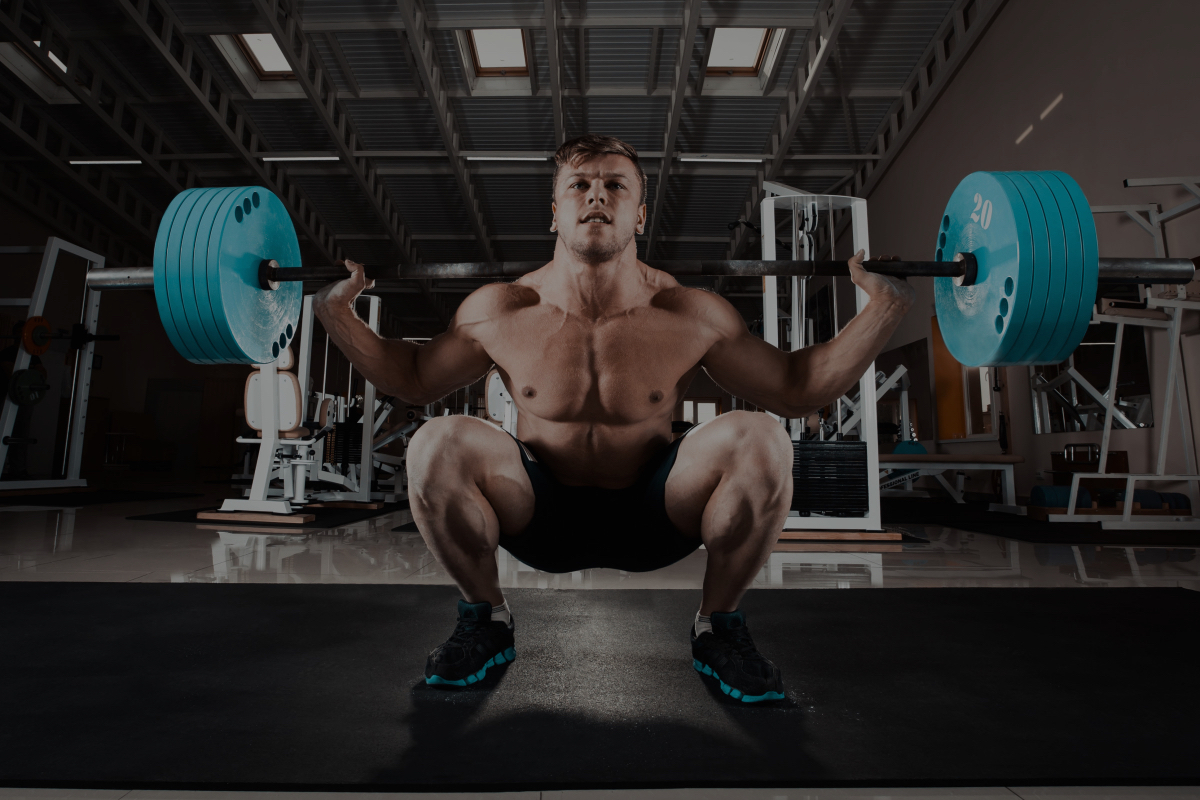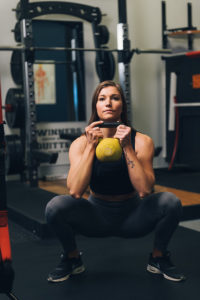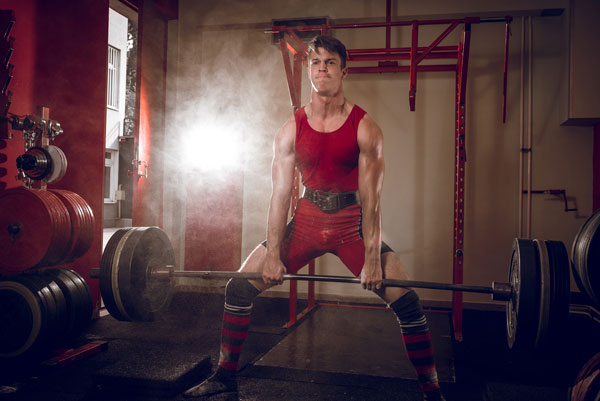Why the Big 3 of Powerlifting can be Harmful to you

Have you built your powerlifting program – and perhaps your life – around getting better and better at the big 3 powerlifts? If you’re like most powerlifters, the squat, the bench press and the deadlift are your focus.
If you’ve been at it a while, you may have noticed that you are taking on some injuries on this quest for more strength. In fact, injuries are quit common in powerlifting. That’s because the three most popular powerlifts can be dangerous for you if you don’t train properly.
The first sport in modern times to focus on strength was Olympic weightlifting introduced in 1928. Back then, the events included the clean and press, the snatch, and the clean and jerk. These movements eventually evolved to focus on squat, deadlift, and bench press by 1964 which marked the start of modern day powerlifting.
Just like Olympic weightlifting, elite powerlifting requires top-level athleticism, explosively powerful speed, impeccable conditioning, and, most importantly, sound technique.
Today, too many people rush into the sport and only mimic the movements without the right amount of understanding. They end up doing more harm than good if not seriously injured. So here are a few things to consider for the powerlifting’s big 3 that can help you cut down on injuries and increase your gains!
The Squat: Range of Motion

Image Source: https://thoroughlyreviewed.com
For novice lifters, having the bar on their backs often causes the most problems. A combination of not
knowing the proper movement and the temptation to go heavier than they should create a perfect storm for injuries in their hip, knees, and lower back.
Squatting too heavy with bar on the back also means you will not be able to hit the required depth to really activate your quads and glutes.
But how do you learn to squat without using the bar?
Try this instead:
Instead of squatting with a bar on your back, try carrying lighter weights in front like a goblet squat or plate squat and really go for depth. You can still get a sick workout while learning the proper movement before progressing to a conventional squat.
The Bench Press: Imbalance
Pressing strength is key to powerlifting, but some angles can be harmful to your shoulders. No one is perfectly symmetrical, that means there can be some differences in your arms leverage and muscle development from left to right.
So when you’re pressing heavy weight under a rigid barbell, the position that’s comfortable for one shoulder can cause the other one to be misaligned and cause pains and injuries.
Try this instead:
If pressing barbell is painful for you, then try dumbbells instead! They allow your imbalanced shoulders to move independently along trajectories that are slightly different. This means each side can move with better range of motion which will help prevent some injuries.
The Deadlift: Leverage
Barbells might not work for everyone on the bench, but they are still by far the best way to deadlift. Using a barbell is not only the most efficient way to pull heavy load straight off the ground, it also is just so damn cool.
However, deadlifting with a barbell is not without drawback, especially if you deadlift in conventional stance. Unless your arms are long or your legs are short, pulling the bar upward requires an exaggerated bend forward that can strain your lower back and limit your strength.
Try this instead:
 If you are having a hard time with conventional deadlift, try deadlifting in a sumo stance instead. To do it, spread your feet wider apart than you usually do but still in a comfortable position and grab the bar at about shoulder width apart.
If you are having a hard time with conventional deadlift, try deadlifting in a sumo stance instead. To do it, spread your feet wider apart than you usually do but still in a comfortable position and grab the bar at about shoulder width apart.
By doing this, you move your center of mass closer to the ground which helps to reduce the amount you would need to bend over to grip the bar.
Make the Big 3 Work for you
If you can easily perform the big 3 powerlifting moves with no pain, keep doing what you do. But if you’re having pain or have had injuries, know that there are other choices that can give you the same workout, strength and mass without putting so much stress on your body.
After all, powerlifting is about gains, not pain and injuries.